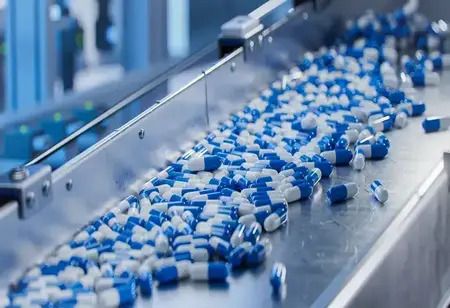
U.S. Drugmakers to License Molecules from China


According to reports, U.S. drugmakers are licensing molecules from China for potential new medicines at an accelerating pace, betting they can turn upfront payments of as little as $80 million into multibillion-dollar treatments.
As of June, American pharmaceutical companies have struck 14 agreements with potential value of $18.3 billion to license drugs from firms based in China. This is a significant increase from only two deals in the same period last year, according to reports.
This trend is expected to persist as U.S. drug manufacturers work to replenish their pipelines of upcoming products to substitute for $200 billion worth of drugs losing patent protection by the decade's end.
"They are discovering very high-quality assets emerging from China at prices that are considerably lower compared to similar products they might encounter in the United States," remarked Mizuho analyst Graig Suvannavejh.
Over the last five years, the average total cost of licensing agreements in the United States, which includes low initial payments followed by larger future payments, has been $84.8 billion, in contrast to $31.3 billion in China, as reported by GlobalData.
A licensing agreement provides a company with the authority to develop, manufacture, and market another firm's pharmaceutical products or technologies in return for future target-based or "milestone" payments, which help to reduce development risks.
Chinese firms have granted U.S. drugmakers access to experimental medications that may be effective for obesity, heart conditions, and cancer, showcasing the substantial investment from the Chinese government in pharmaceutical and biotech research and development.
Also Read: Dave Thomas: A Role Model for Aspiring Entrepreneurs, Philanthropists
While small molecules, like oral medications, have traditionally been the most frequently licensed, there has been a marked shift toward innovative therapies such as targeted cancer treatments and first-in-class medicines, according to a report from Jefferies analysts in May.